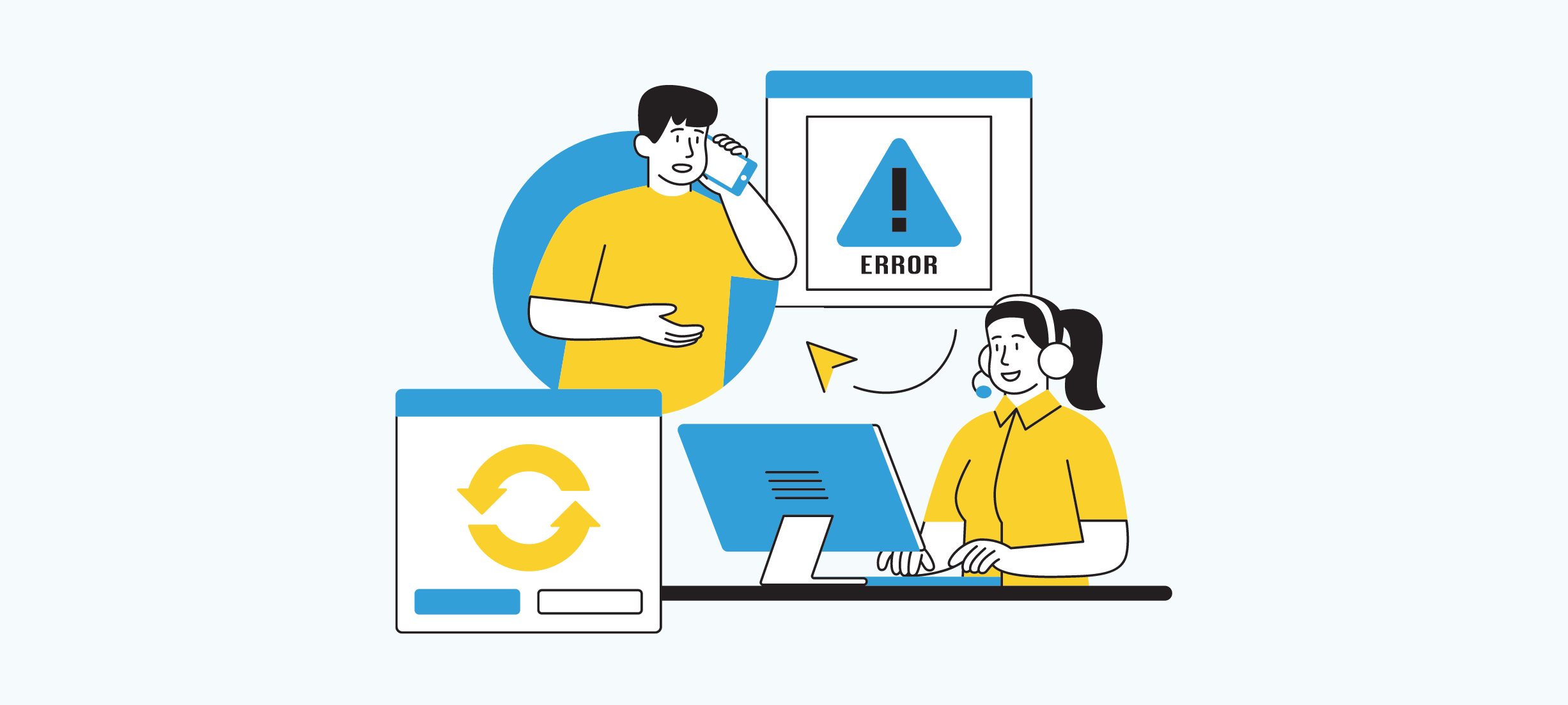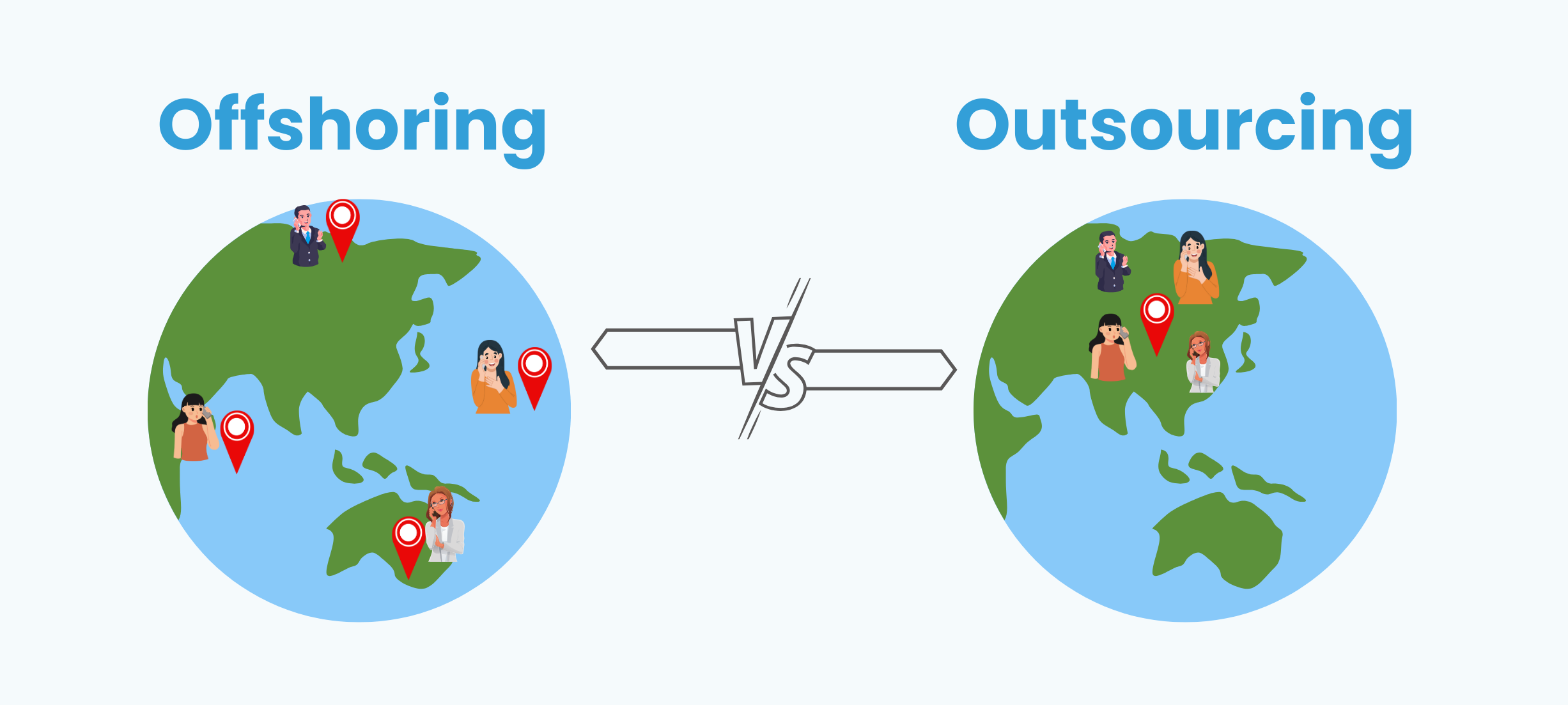As a small business owner, you’ve got plenty on your plate. From hiring the right employees to overseeing the daily operations of your company, it can be challenging to find the time to manage your books. However, staying prepared year-round can help make filing easier when tax season comes around. We’ve compiled the essential steps you need to follow to streamline your small business tax prep and filing process, including understanding why you may owe taxes. This small business tax preparation checklist breaks down the basics of filing small business taxes checklist to stay on top of your small business tax prep needs—including what tax forms to file and documentation to gather.
Understanding business structure & taxes
The way your business is structured has a big impact on how you file your taxes. Here’s a breakdown of how taxes differ for common business structures in 2024, along with some statistics to consider when choosing the right one for you.
Sole proprietorship vs. LLC taxes (2024)
- Sole proprietorship: This is the simplest business structure, where you and your business are considered one legal entity. There’s no separate tax filing for the business itself. You report all business income and expenses on your personal tax return using Schedule C. This can be advantageous if your business shows a loss, as you can deduct those losses from your personal income. However, there’s also no legal separation between your business and personal assets, meaning you’re personally liable for any business debts.
- LLC (limited liability company): LLCs offer a good balance between flexibility and liability protection. There are two ways LLCs are taxed:
- Pass-through taxation: Similar to a sole proprietorship, the business itself doesn’t pay taxes. Profits and losses pass through to the members’ personal tax returns, reported on Form 1040 with Schedule K-1.
- Tax election as a corporation: LLCs can elect to be taxed as S corporations or C corporations (explained below). This can be beneficial if the business is highly profitable and owners want to avoid self-employment taxes.
Statistics to Consider
- Sole proprietorships: According to the U.S. Small Business Administration, around 70% of all businesses in the U.S. are sole proprietorships https://www.sba.gov/. This structure is popular for its simplicity and low startup costs.
- LLCs: LLCs are the fastest-growing business structure, favored by many for their flexibility and liability protection. An estimated 30% of all businesses in the U.S. are now LLCs.
C Corporation vs. S Corporation taxes
- C Corporation: C corporations are separate legal entities from their owners. The corporation pays income tax on its profits, and then owners pay personal income tax on any dividends they receive from the corporation. This can result in double taxation. However, C corporations offer some advantages, such as the ability to raise capital through stock issuance and retain profits for reinvestment.
- S Corporation: S corporations are similar to C corporations in structure, but they elect to pass corporate income, losses, deductions, and credits through to the shareholders’ personal tax returns. This avoids double taxation. However, there are stricter ownership limitations for S corporations compared to C corporations.
Choosing the right business structure for taxes
The best business structure for taxes depends on several factors, including:
- Profitability: If you expect your business to be highly profitable, a C corporation might be an option to avoid self-employment taxes.
- Liability protection: If limiting personal liability is a priority, an LLC or corporation is the way to go.
- Growth plans: If you plan to raise capital through investors, a corporation might be more suitable.
It’s important to consult with a tax professional to determine the best structure for your specific business needs and tax situation. They can help you navigate the complexities of business taxes and ensure you’re filing correctly.
Essential tax forms for small businesses
Filing taxes can feel overwhelming, but having the right forms on hand makes the process much smoother. Here’s a rundown of common tax forms for small businesses in 2024, along with tips on selecting the right one and where to find them.
Common tax forms for small businesses (2024)
The specific tax forms you’ll need depend on your business structure and tax filing status. Here are some of the most common ones:
- Form 1040: This is the standard individual income tax return. Sole proprietors and single-member LLCs taxed as sole proprietorships use Form 1040 along with Schedule C (Profit or Loss from Business) to report business income and expenses.
- Form 1065: This form is used by partnerships to report business income, losses, deductions, and credits. Each partner then reports their share of the partnership’s income on their individual tax return using Schedule K-1 (Partner’s Share of Income, Deductions, Credits, etc.).
- Form 1120: This is the income tax return for C corporations.
- Form 1120-S: This form is used by S corporations to report corporate income, losses, deductions, and credits. These then pass through to the shareholders’ personal tax returns.
- Form 1099-NEC: This form is used to report payments of $600 or more made to independent contractors and freelancers.
- Form W-2: This form reports wages and withheld income taxes for employees.
- Form 941: This is the Employer’s Quarterly Federal Tax Return, used by businesses with employees to report withheld income, Social Security, and Medicare taxes.
- Form 940: This form is used to report and pay federal unemployment (FUTA) tax.
Selecting the right tax form for your business
Choosing the right tax form hinges on your business structure:
- Sole Proprietorship: Use Form 1040 with Schedule C.
- Partnership: File Form 1065 with partners reporting their share on Schedule K-1.
- C Corporation: File Form 1120.
- S Corporation: File Form 1120-S.
For employment taxes
- If you have employees, you’ll need to file Form W-2, Form 941, and potentially Form 940.
- If you pay independent contractors $600 or more a year, you’ll use Form 1099-NEC.
It’s always best to consult with a tax professional to ensure you’re selecting the most appropriate forms for your specific situation.
Where to find small business tax forms
There are a few ways to get your hands on the tax forms you need:
- Internal revenue service (IRS) website: The IRS website https://www.irs.gov/forms-instructions-and-publications offers a free downloadable library of all tax forms and publications.
- Tax preparation options: Many tax preparation software programs and tax preparation services offer all the necessary forms for small businesses.
Filing deadlines
The deadline to file your business taxes depends on the structure of your business:
- C corporations: October 15th (or the following business day if it falls on a weekend or holiday).
- S corporations, partnerships, and LLCs treated as partnerships: Typically April 15th (adjusted for weekends/holidays), similar to individual tax returns.
- Sole proprietors and single-member LLCs filing with a personal tax return: April 15th (adjusted for weekends/holidays), OR October 15th (adjusted for weekends/holidays) if you filed an extension for your personal return.
Estimated tax payments
Important: Regardless of your filing deadline, you may need to make estimated tax payments throughout the year if you expect to owe taxes. This helps ensure you pay taxes consistently and avoid a large tax bill at the end of the year.
Tax planning strategies for small businesses
Tax season can be a stressful time for small businesses. But with a little planning, you can minimize your tax liability and keep more money in your pocket. Here are three key strategies to consider:
1. Tips for minimizing your small business tax liability
According to the National Federation of Independent Business (NFIB), small businesses account for nearly half of all private-sector jobs in the US. Tax breaks and deductions are essential for these businesses to thrive. Here are some ways to keep your tax burden manageable:
- Understanding deductions and credits: Familiarize yourself with tax-deductible business expenses like office supplies, marketing costs, and travel expenses. Additionally, research relevant tax credits your business may qualify for, such as the research and development (R&D) credit or the credit for hiring new employees in low-income communities.
- Maximizing retirement savings: Consider self-employed retirement plans like SEP IRAs or solo 401(k)s. Contributions to these plans can significantly reduce your taxable income.
- Depreciating business assets: Spread the cost of equipment, furniture, and software over several years through depreciation. This reduces your taxable income in the year of purchase.
- Business structure optimization: Choosing the right business structure (sole proprietorship, LLC, S corporation, etc.) can impact your tax situation. Consult a tax professional to determine the most tax-advantageous structure for your business.
2. Projecting your small business income and expenses for tax purposes
Accurate financial projections are crucial for tax planning. Here’s how to effectively project your income and expenses:
- Sales forecasting: Utilize historical sales data, industry trends, and marketing plans to create realistic sales forecasts.
- Expense management: Categorize and track all your business expenses throughout the year. Utilize accounting software or spreadsheets to streamline this process.
- Consider seasonal fluctuations: If your business has seasonal income or expenses, factor those fluctuations into your projections.
- Buffer for unexpected costs: Include a buffer in your projections to account for unforeseen expenses that may arise.
By creating a solid financial projection, you can estimate your taxable income and make informed decisions about tax payments and deductions.
3. Making estimated tax payments for your small businesses
Unlike employees who have taxes withheld from their paychecks, small business owners are responsible for making estimated tax payments throughout the year. Here’s how to ensure you stay on top of your estimated tax obligations:
- Understand estimated tax requirements: The IRS requires estimated tax payments if you expect to owe more than $1,000 in federal income tax after your deductions and credits.
- Calculate your estimated tax liability: There are various methods to calculate your estimated taxes. Consult a tax professional or the IRS website (https://www.irs.gov/payments) for guidance.
- Schedule quarterly payments: Estimated taxes are typically paid in four equal installments throughout the year. Ensure timely payments to avoid penalties and interest charges.
By following these tax planning strategies, you can minimize your tax burden, make informed financial decisions, and ensure a smoother tax filing process for your small business. Remember, consulting with a qualified tax professional can provide personalized advice tailored to your specific business situation.
Also read about – Late Tax Filing Guide: Settling Payments
Extensions for small businesses
Having trouble getting your business taxes done by the deadline? No worries! If your situation is complex or you’re missing paperwork, you can request more time to file.
Just fill out a form called a “Form 7004” and this will give you an extra 6 months to report your business income.
Important! Getting more time to file doesn’t mean you get more time to pay any taxes you owe. You should still make estimated payments throughout this extra time. If you fall behind on these payments, you might get fined.
The IRS wants their money, but they also understand challenges faced by small businesses. If you’re having trouble paying your taxes on time, talk to them early about setting up a payment plan. The sooner you reach out, the easier it will be.
How Bookkeeperlive can help your small business?
Feeling overwhelmed by the tax implications of running a small business? Bookkeeperlive can help! Our experienced bookkeepers can streamline your recordkeeping, ensuring you have all the documentation you need come tax time. We can also help you understand tax deductions and credits specific to your business structure, and even advise on estimated tax payments to avoid penalties. With Bookkeeperlive on your side, you can focus on running your business while we handle the complexities of tax preparation.
FAQs
1. Do I need to pay estimated taxes throughout the year?
Most likely yes, to avoid penalties
2. What kind of business income is taxable?
All income from sales of goods or services
3. What are common business tax deductions?
Business expenses, home office expenses, mileage, etc.
4. Do I need to pay self-employment taxes?
Yes, for sole proprietors and some LLCs
5. Can I use digital records for tax purposes?
Yes, with proper backups
6. How are home-based businesses taxed differently?
Home office = discount on rent for workspace (deductible expenses). Two ways to calculate. Regular expenses deductible too. Self-employment tax applies. Talk to a tax pro.








